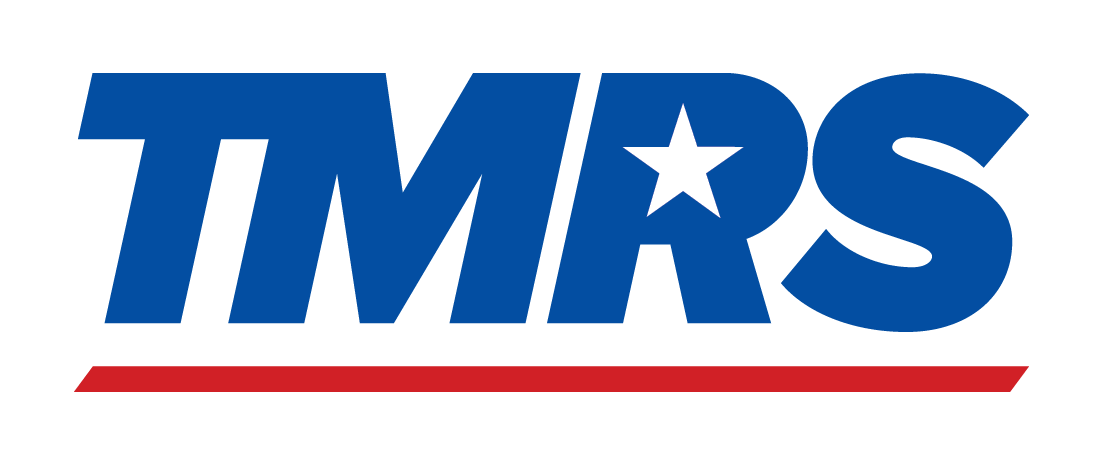GASB 68 Actuarial Resources
TMRS Funding Policy
The primary financial objective of the Texas Municipal Retirement System (“TMRS” or “System”) is to pre-fund the long-term costs of promised benefits to plan members and their beneficiaries at an approximate level percent of payroll from year to year. A pension plan’s funding policy is a systematic set of procedures used to determine the contributions which will be made in a specific year and in a series of years. The key elements of a funding policy include a description of the actuarial cost method, asset smoothing method, amortization policy and actuarial assumption determination.
Under the new accounting standards (GASB 67/68), funding policy disclosures and actual funding patterns will be taken into account. These changes make a written funding policy even more important in ensuring secure retirement benefits. The projected cash flow test used in determining the total pension liability (TPL) single discount rate is basically a funding policy test.
TMRS Actuarial Studies and Policies
Criteria for determining “substantively automatic” ad hoc benefit
(Updated Service Credits (USC) and COLAs)
GASB 67/68 requires that the TPL reflect consistent patterns of ad hoc benefit (USC and COLAs) adoptions as if they are “substantively automatic” or repeating. Effective with the first adoption on or after January 1, 2015, ad hoc benefits will be considered substantively automatic in calculating the TPL if:
- They have been granted 1 of the last 2 years; AND
- They have been granted 2 of the last 5 years.
Actuarial Experience Studies
TMRS generally performs an actuarial experience investigation study once every four years. These experience studies are conducted in accordance with generally accepted actuarial principles and practices and in compliance with Actuarial Standards of Practice issued by the Actuarial Standards Board. The actuarial assumptions used in the annual actuarial valuations and reviewed as part of the experience study are generally grouped into the following two major categories:
- Economic assumptions – including investment return, individual salary increases, overall payroll growth, inflation, etc.
- Demographic assumptions – including rates of termination, forfeiture, service retirement, disability retirement, mortality, etc.
During 2019, TMRS’s consulting actuary conducted a four-year experience investigation study, for the period ending December 31, 2018. This experience study included a full scale review by the actuaries of all actuarial assumptions – economic and demographic.
TMRS Actuarial Studies and Policies
